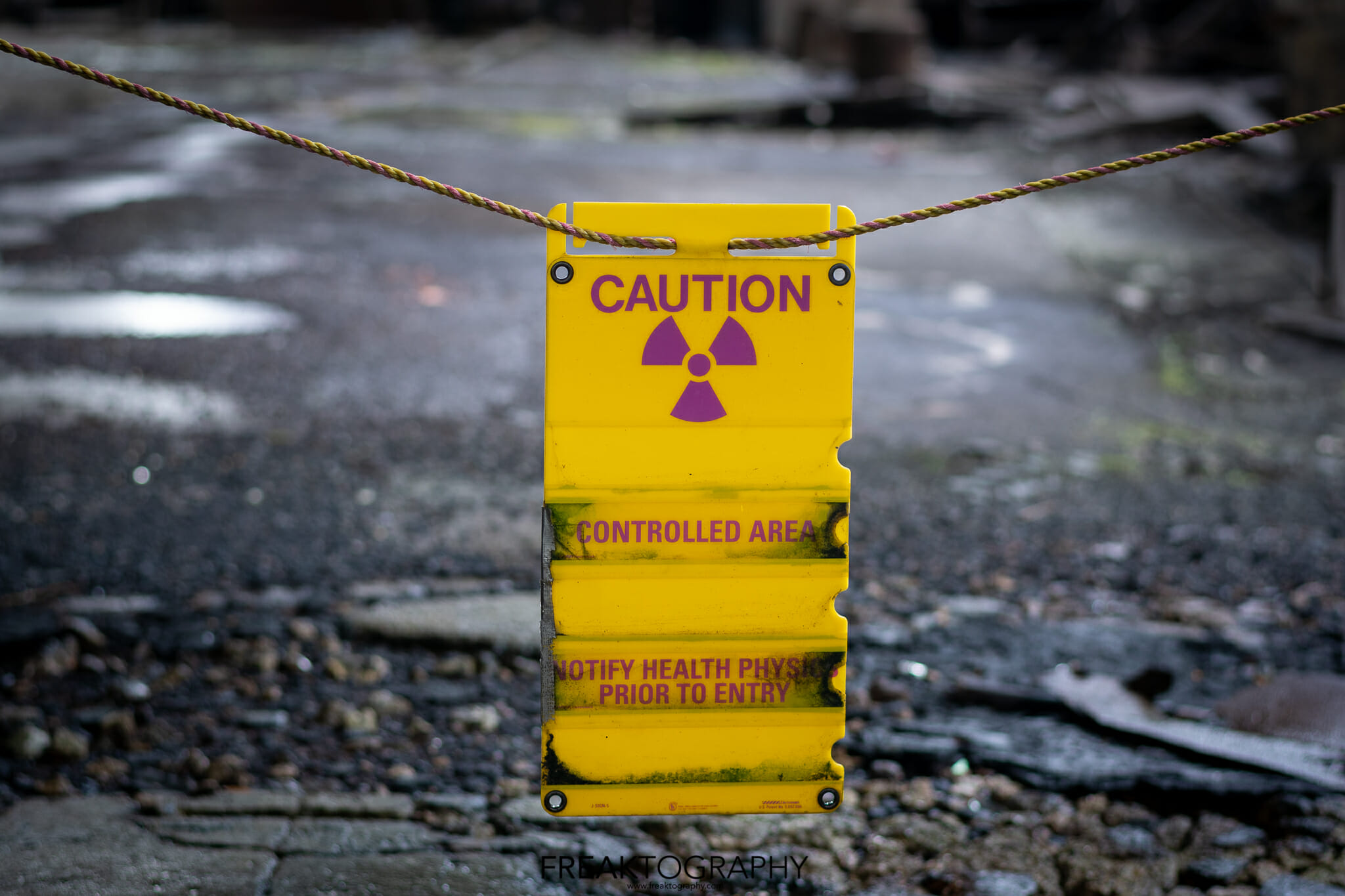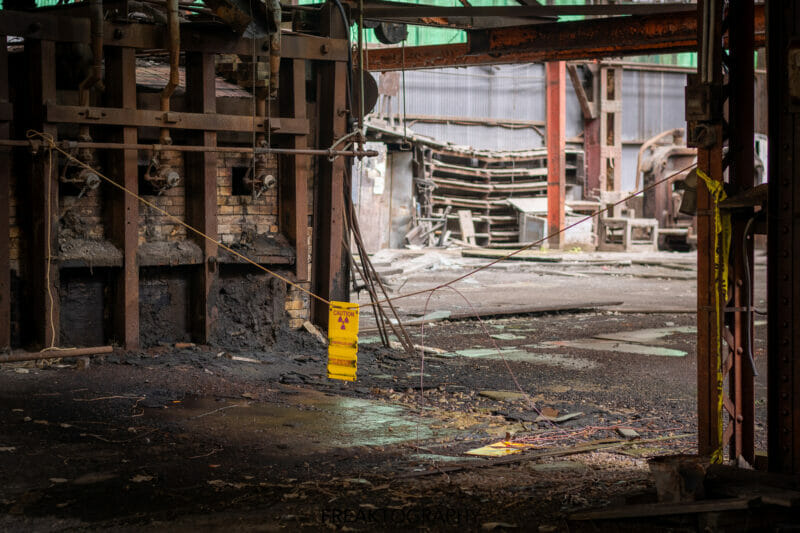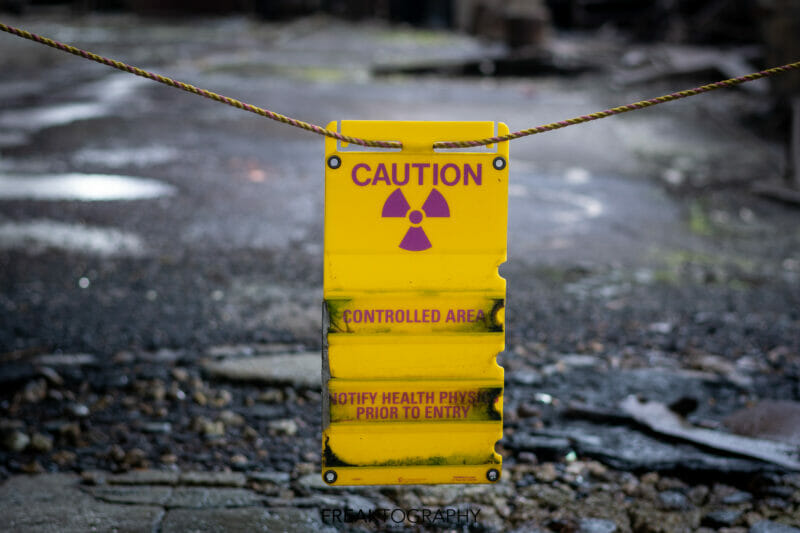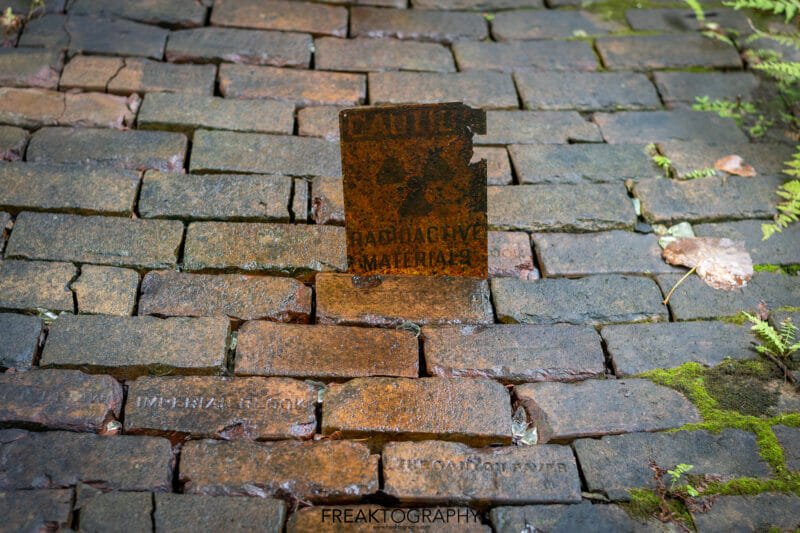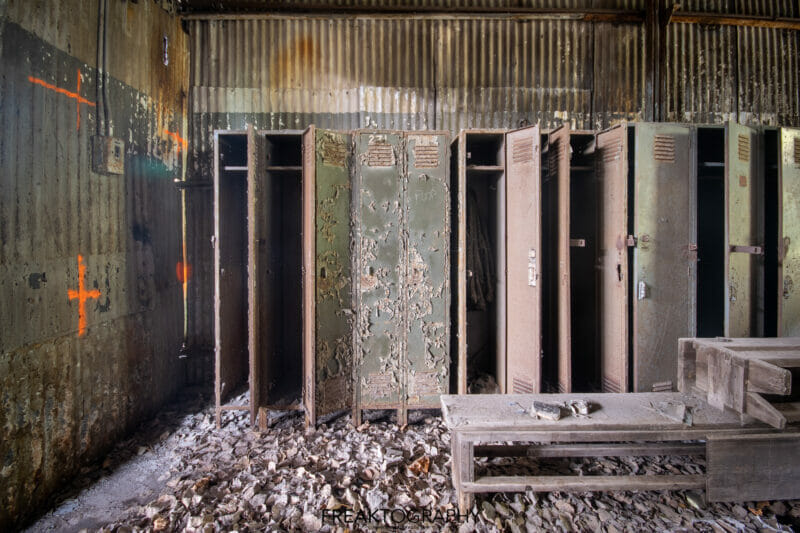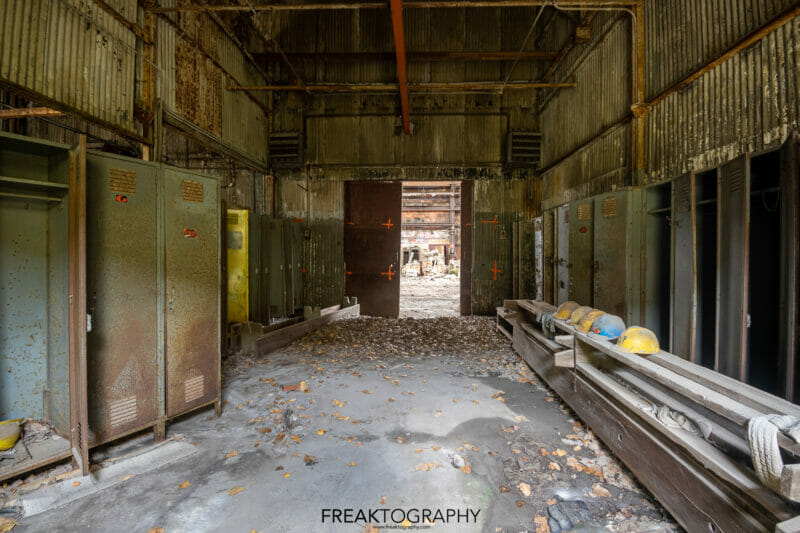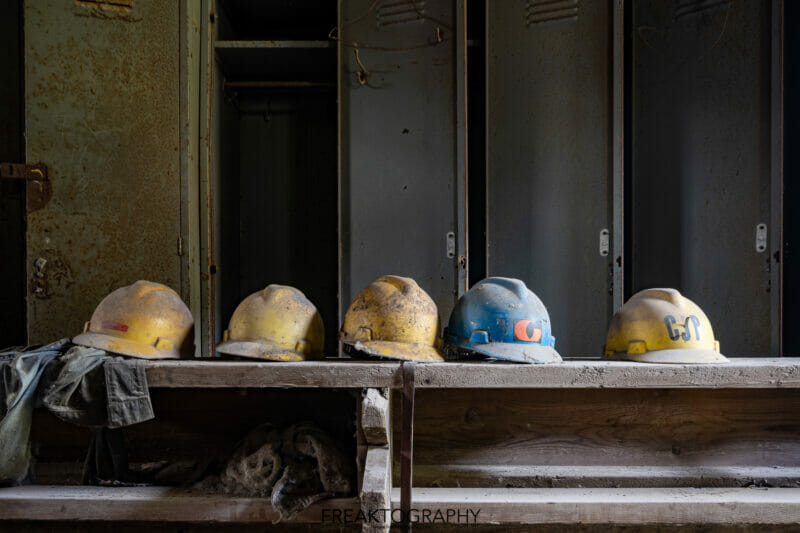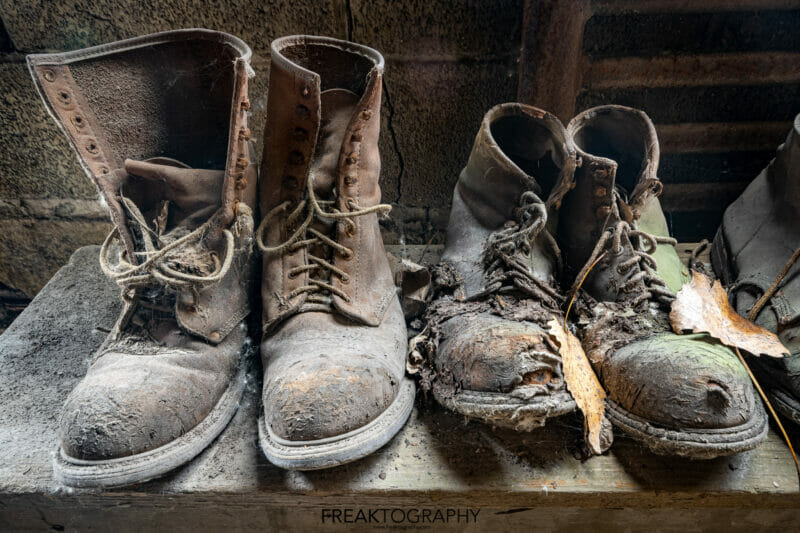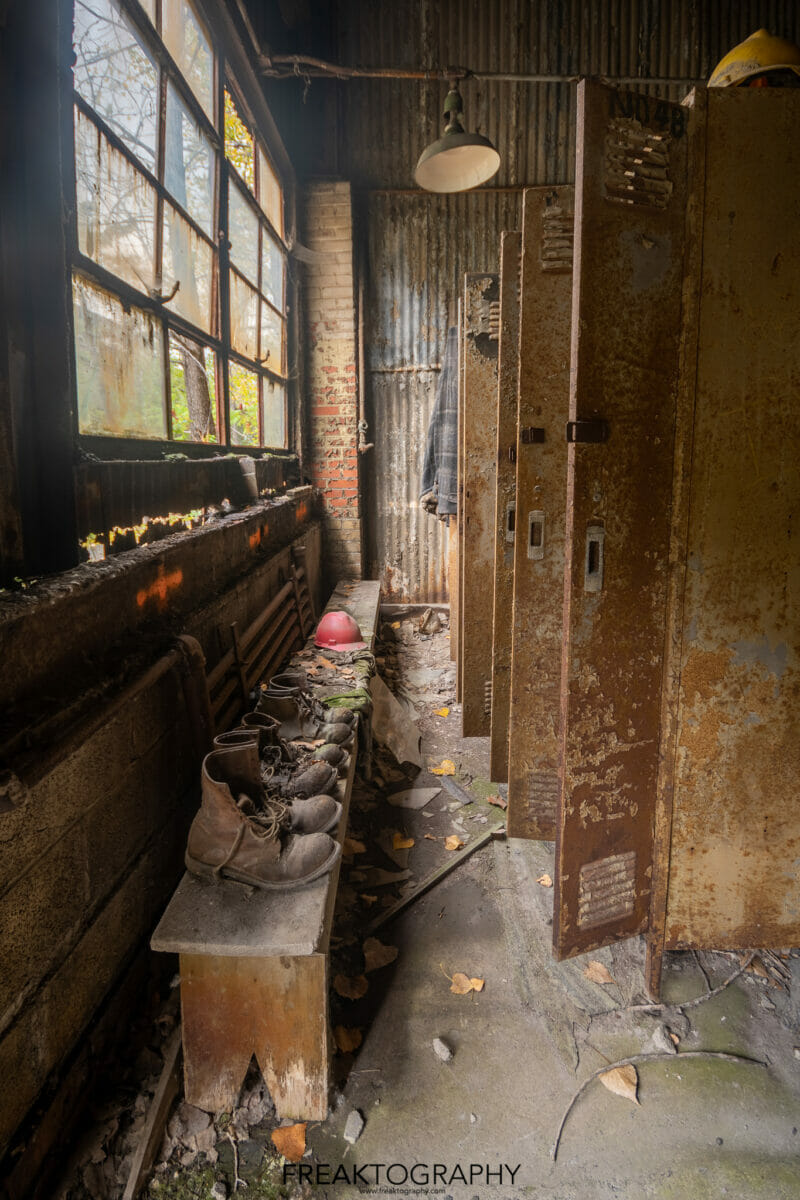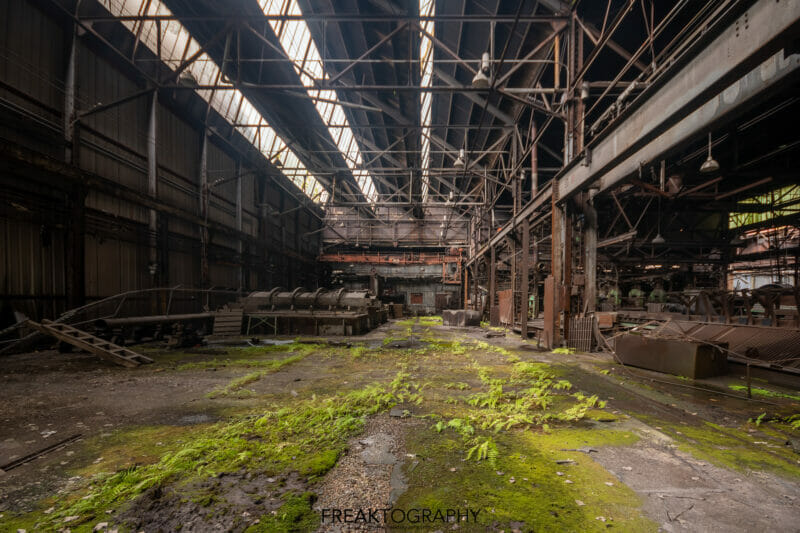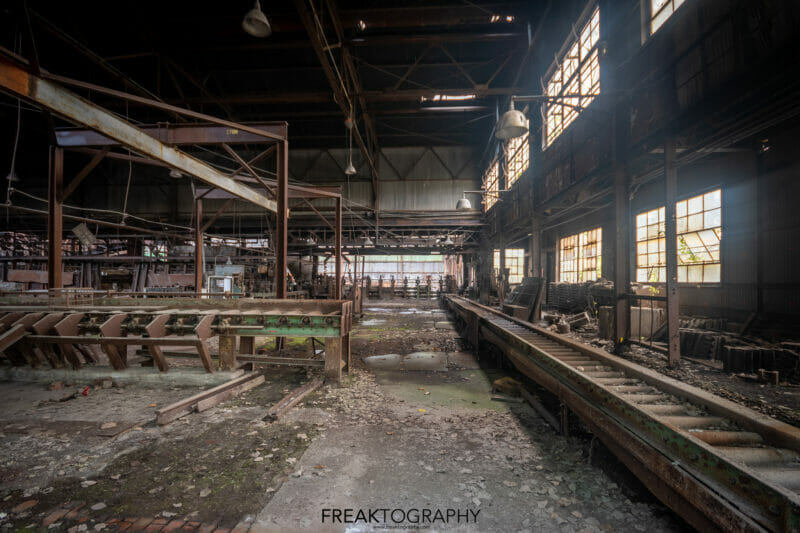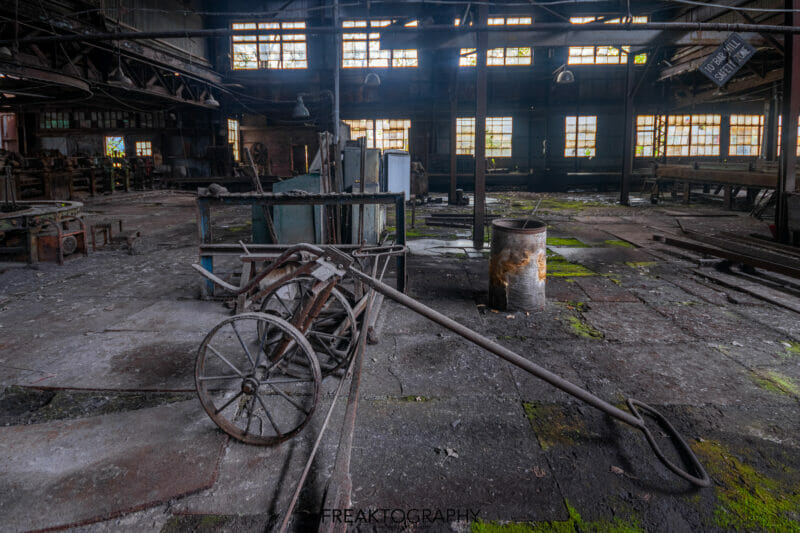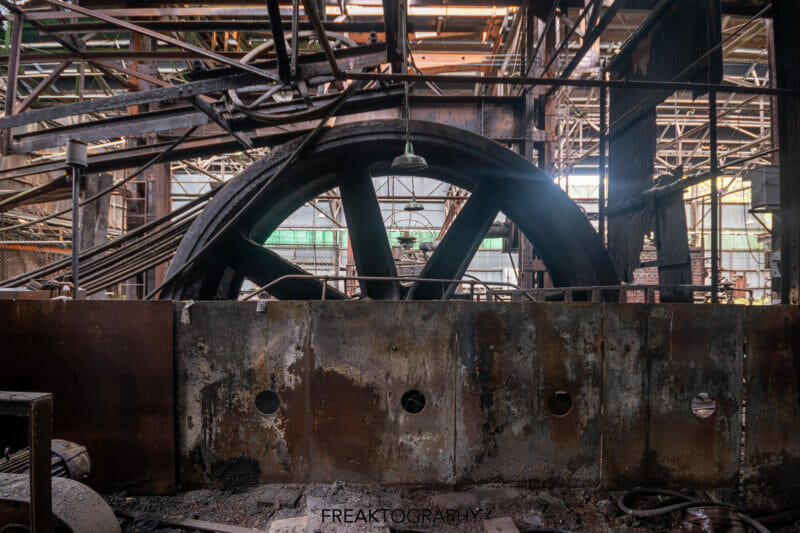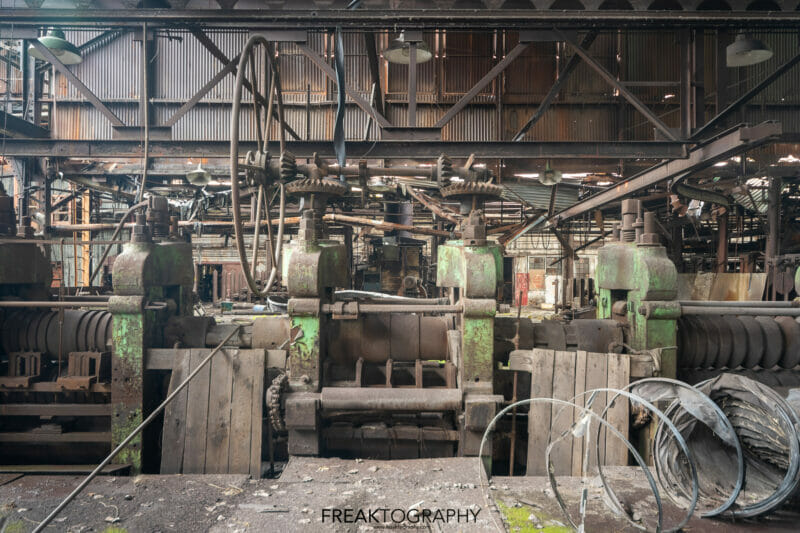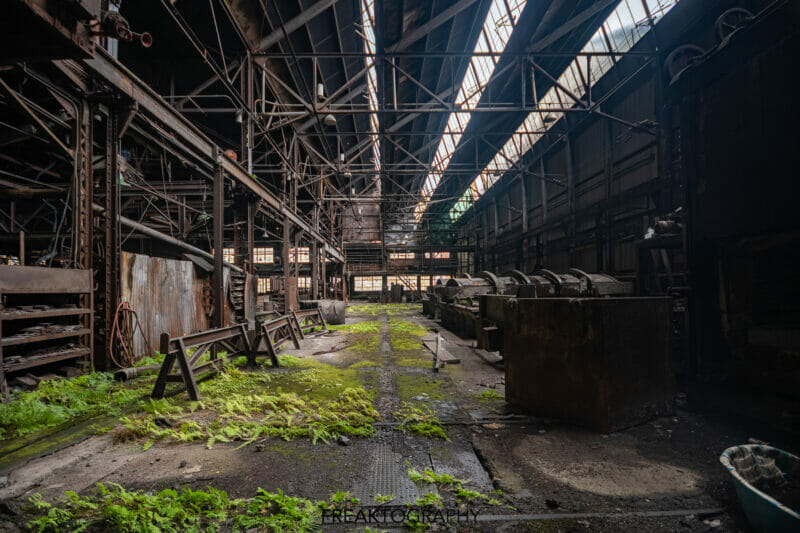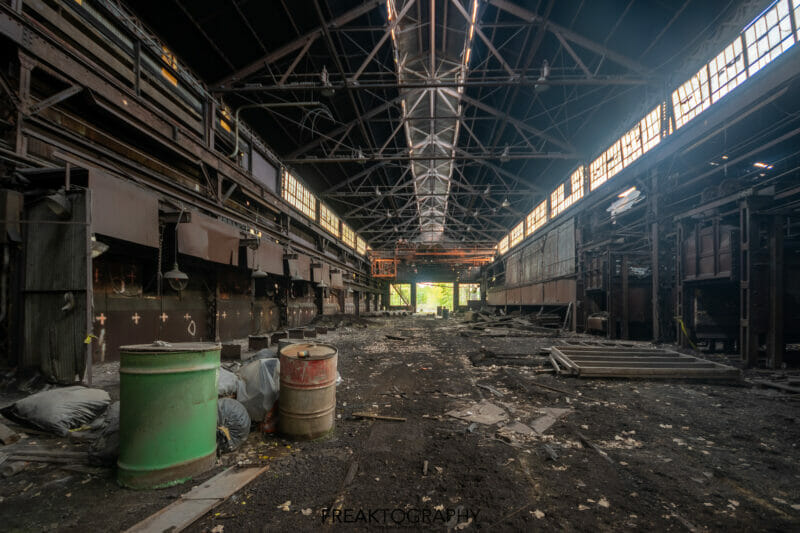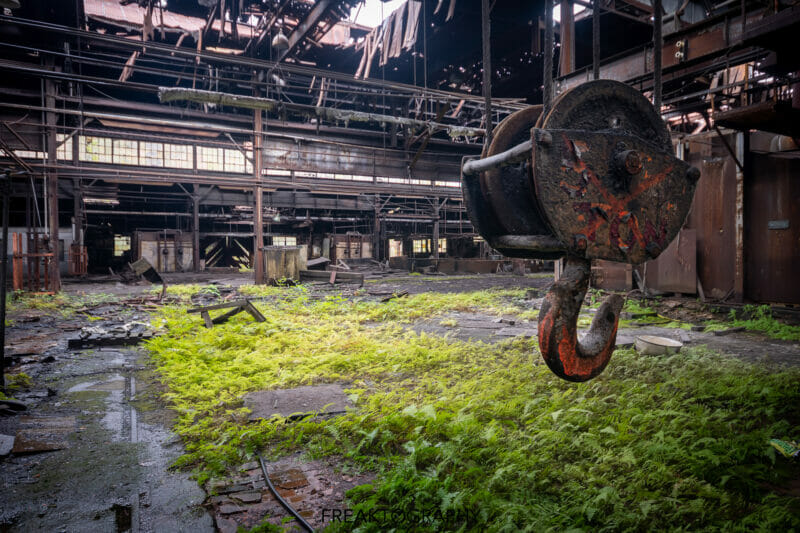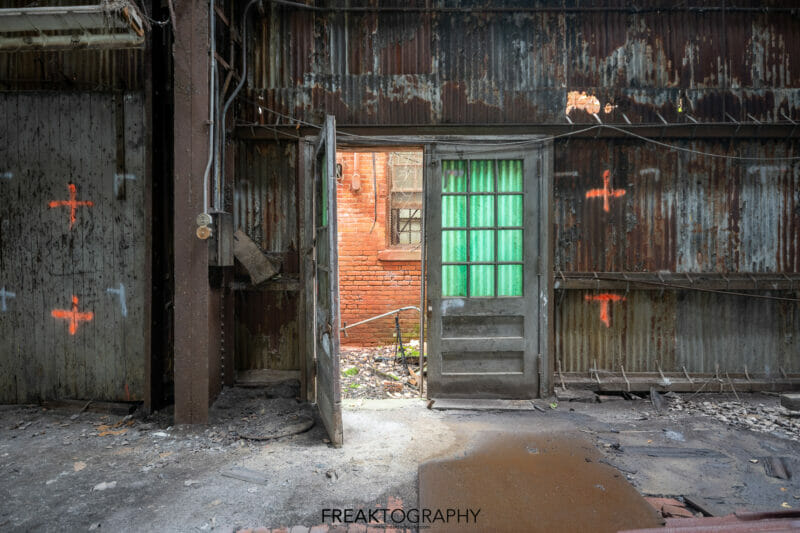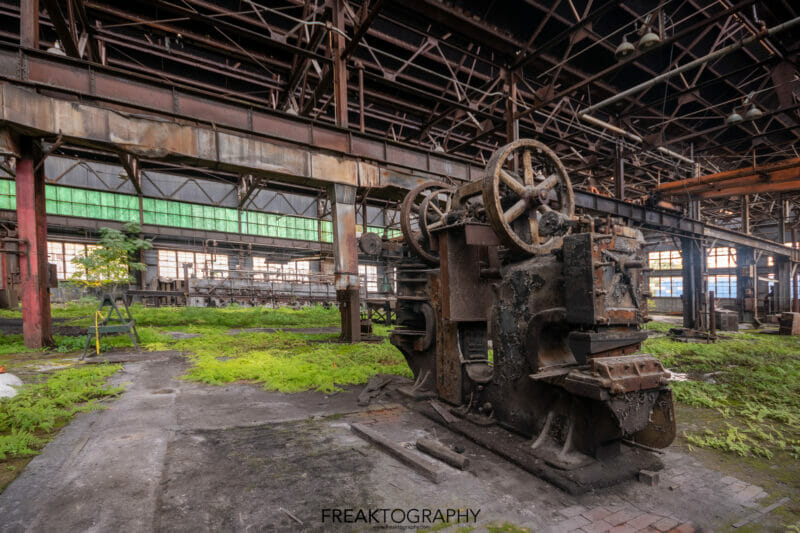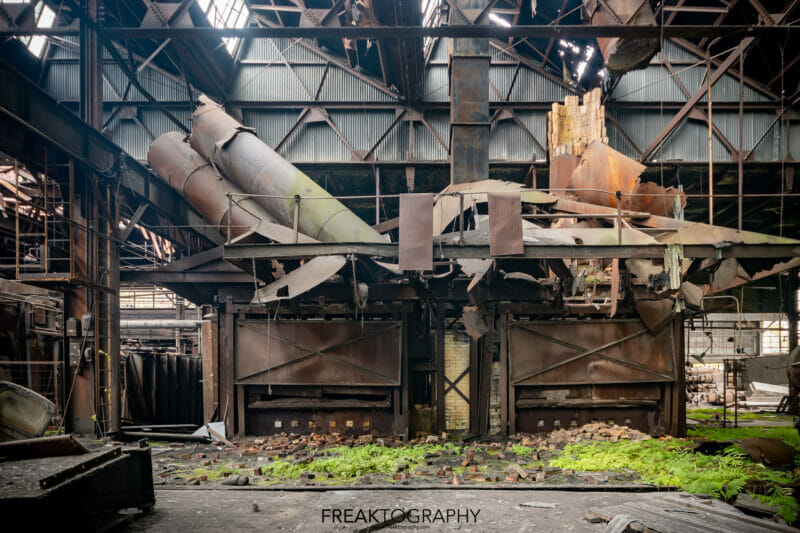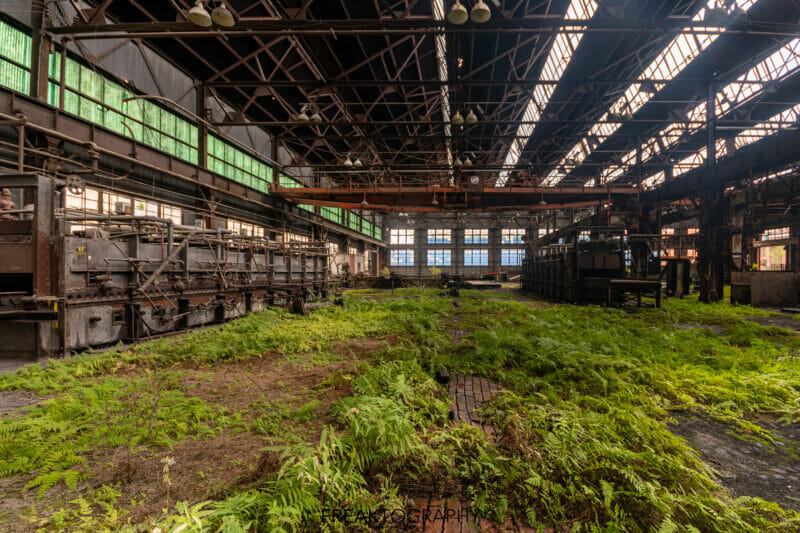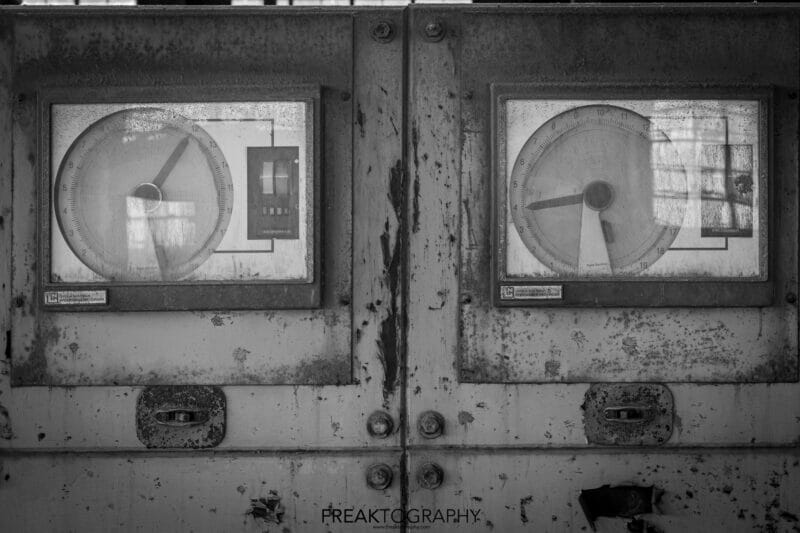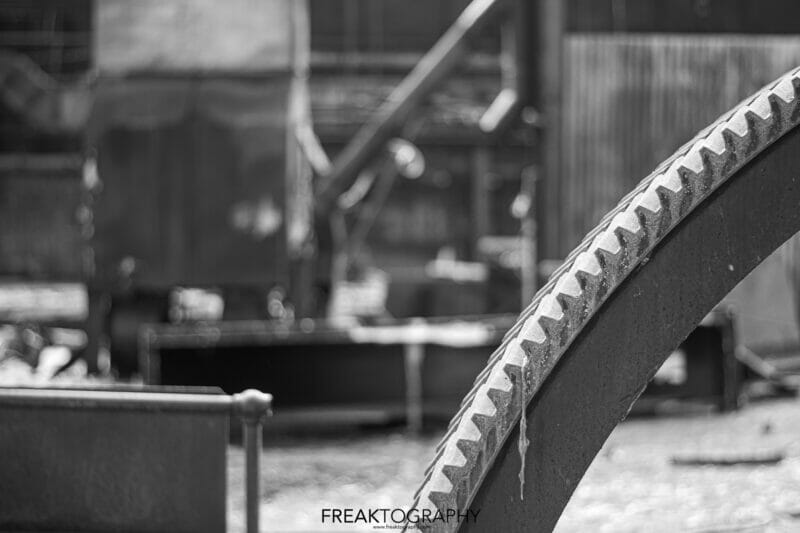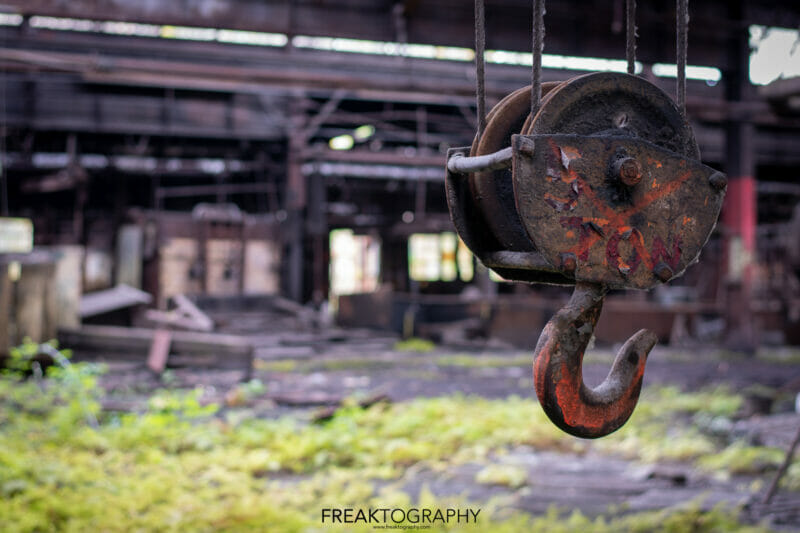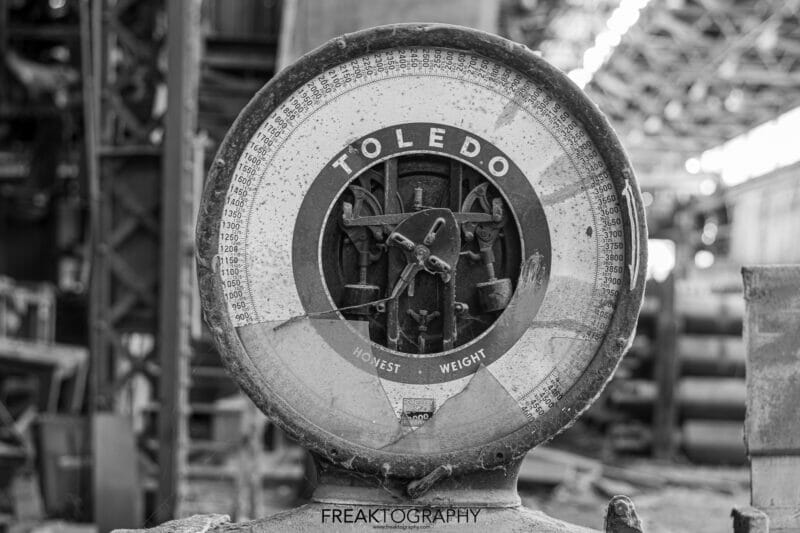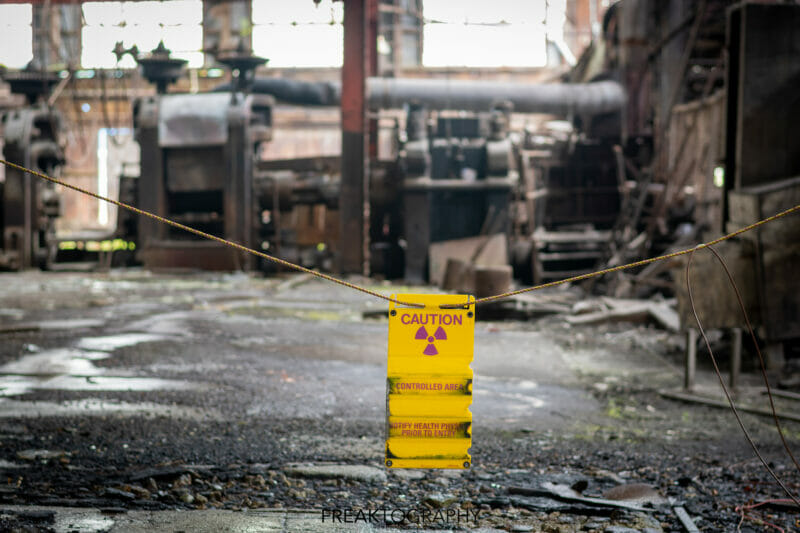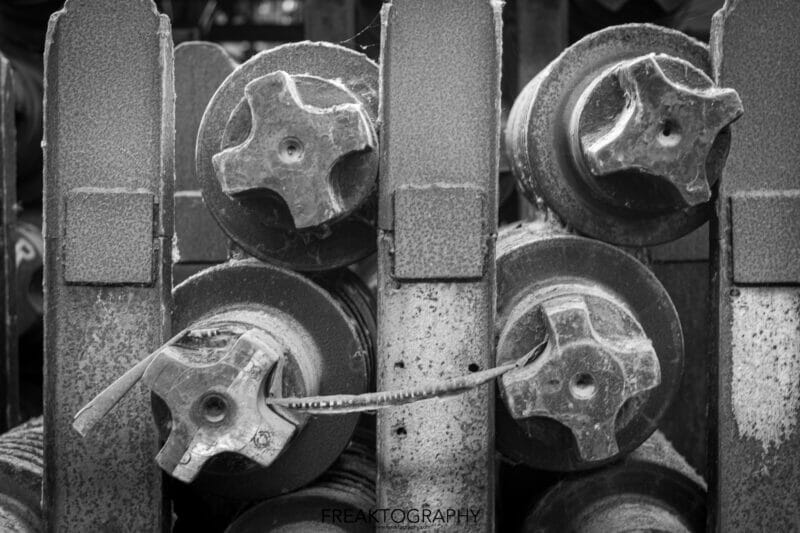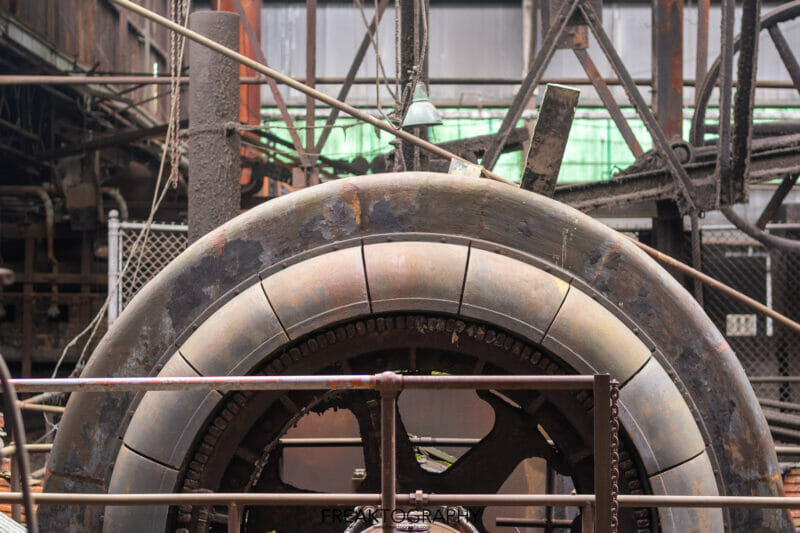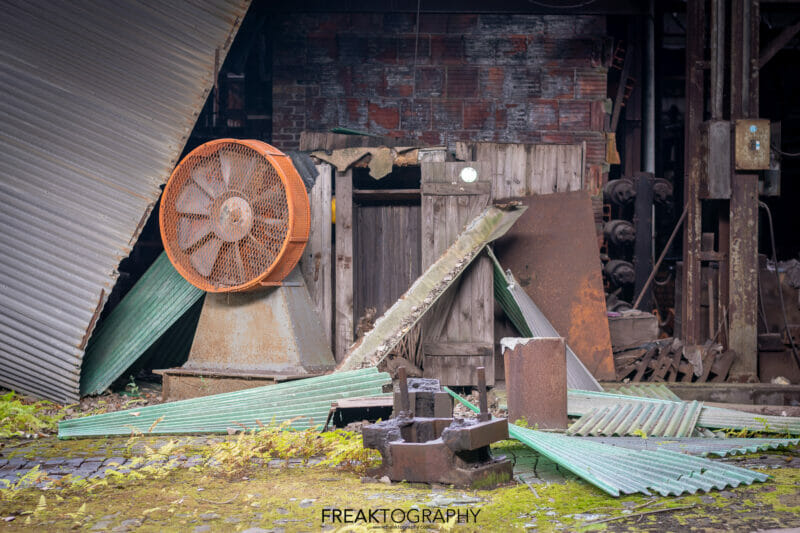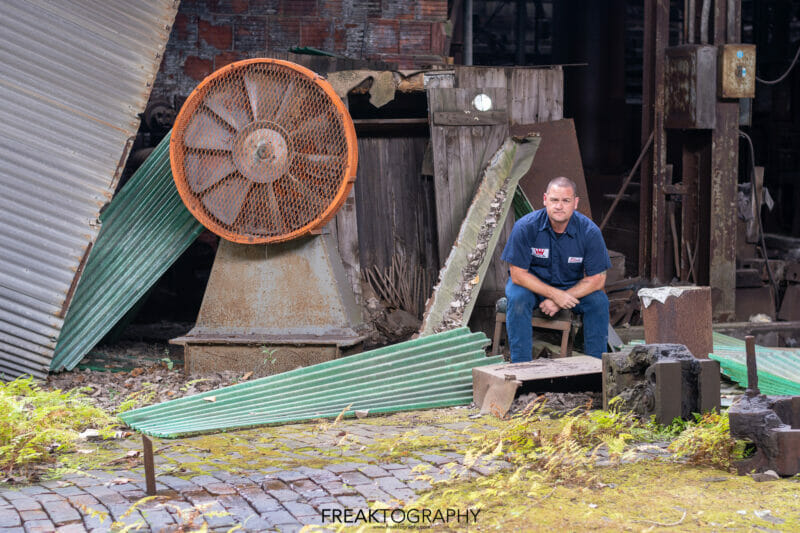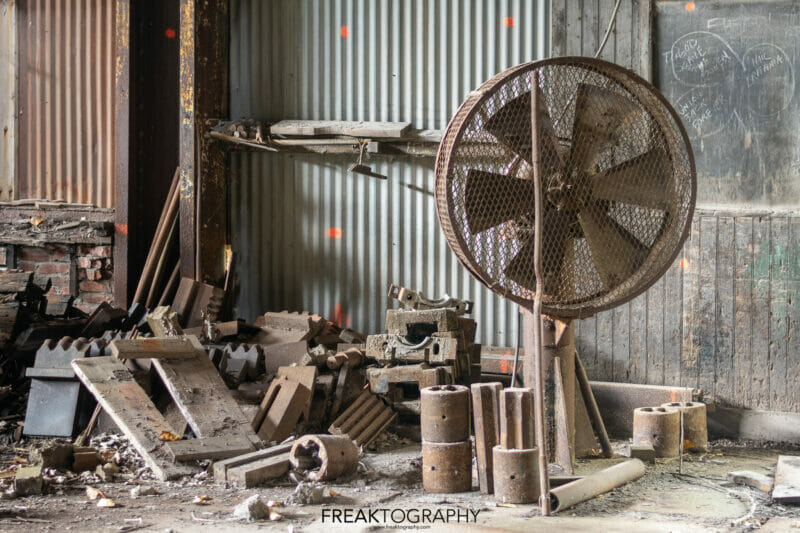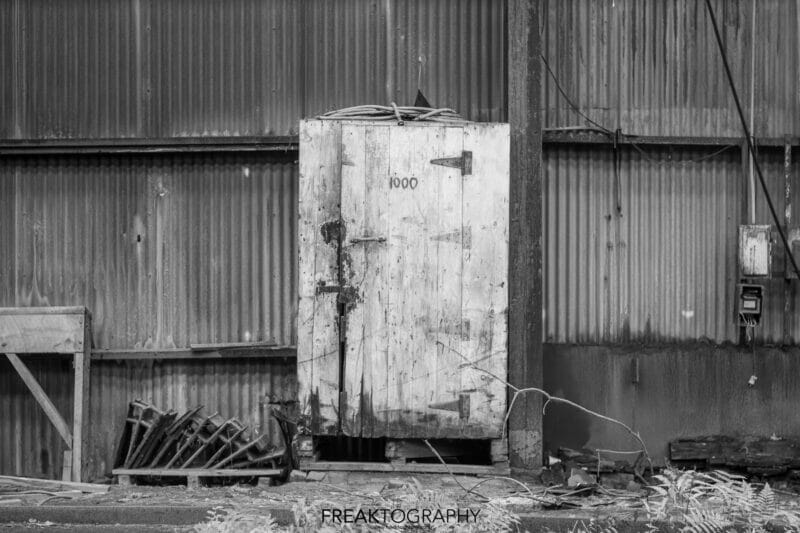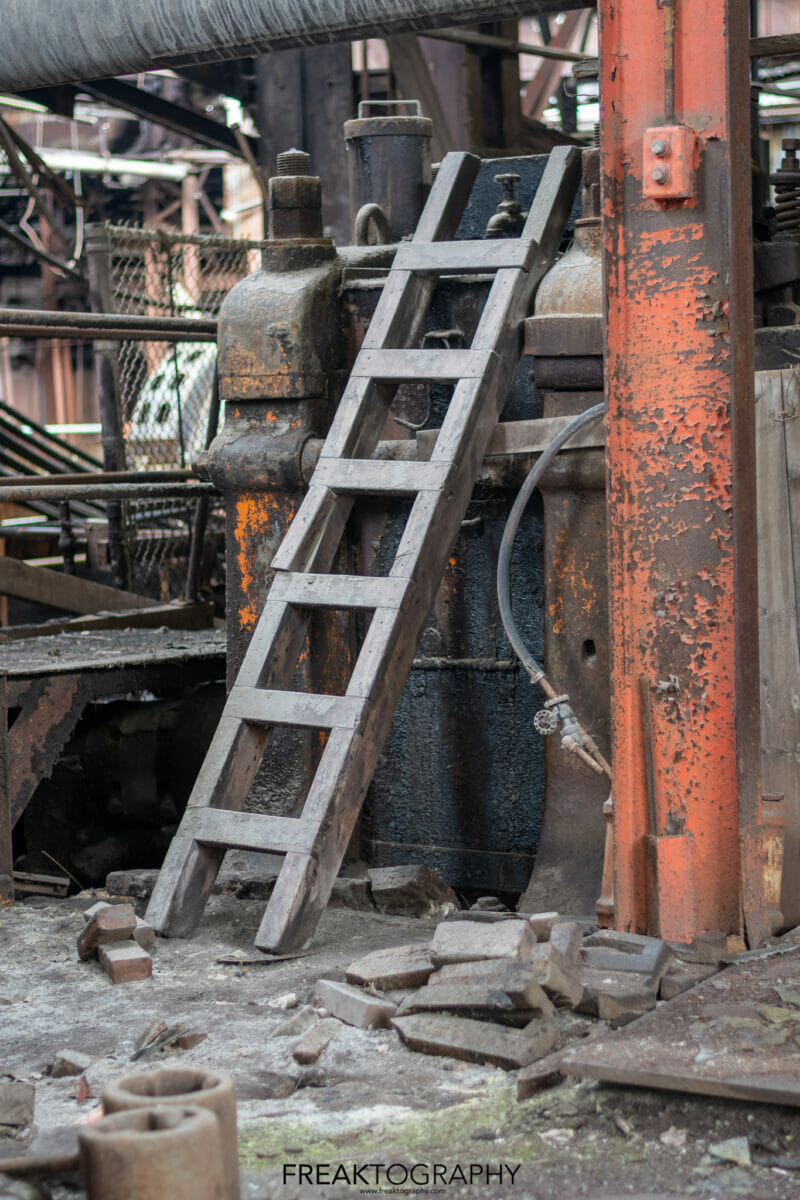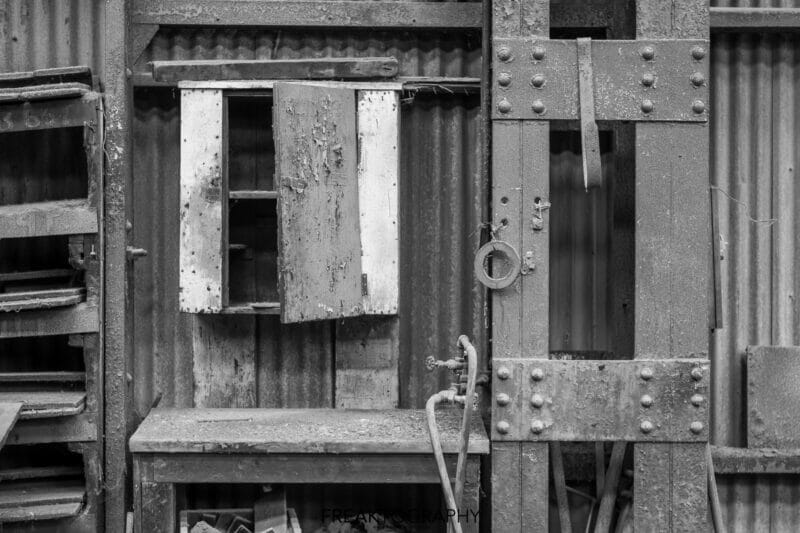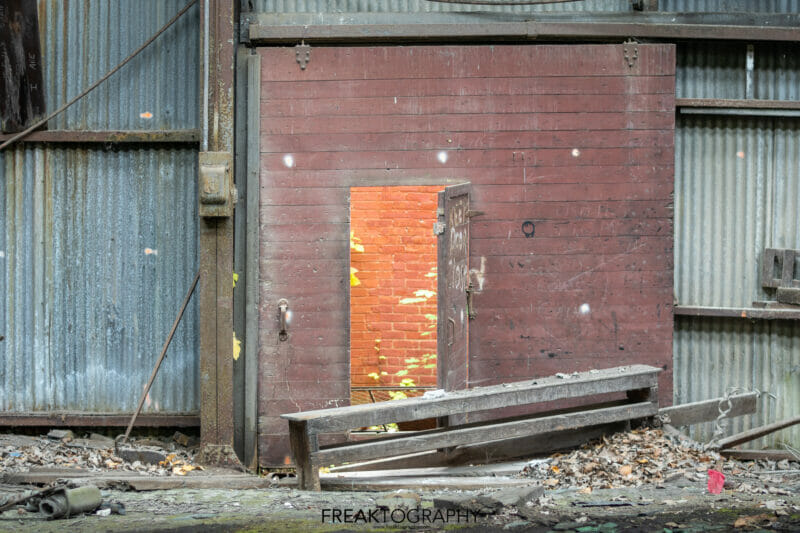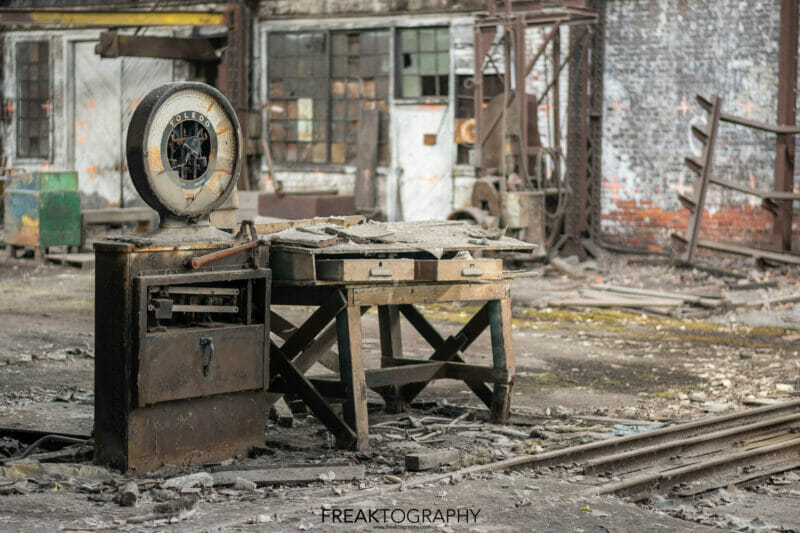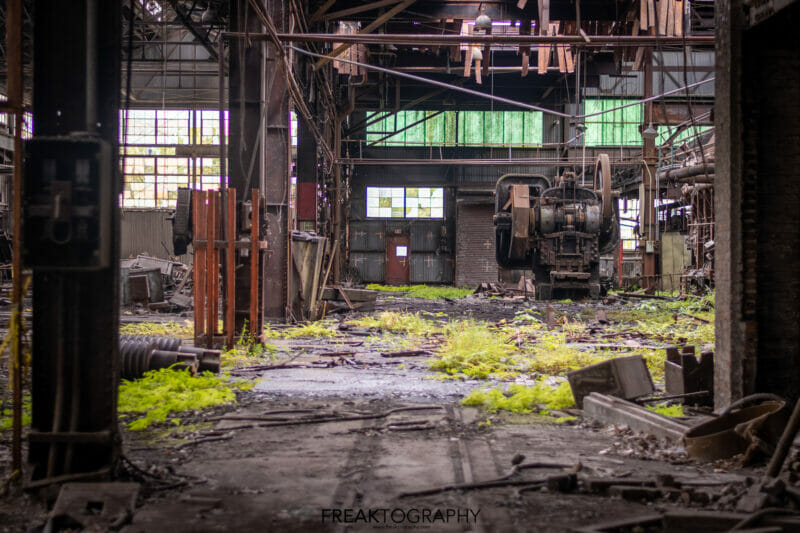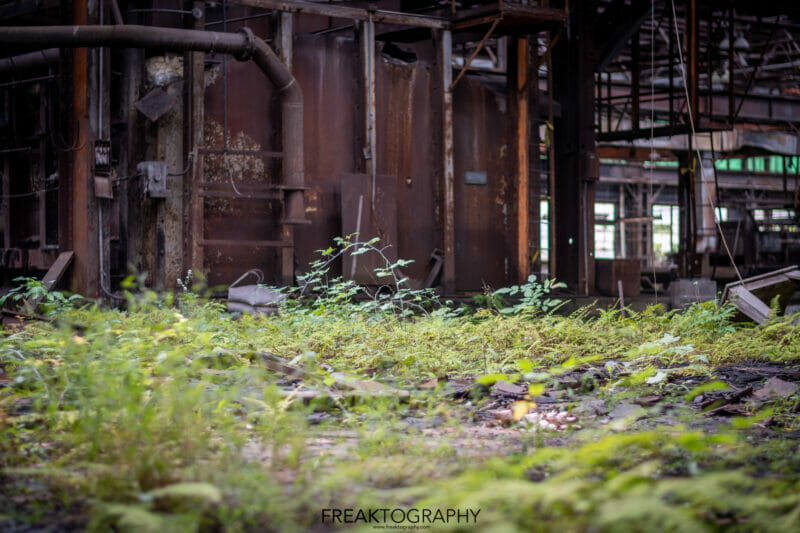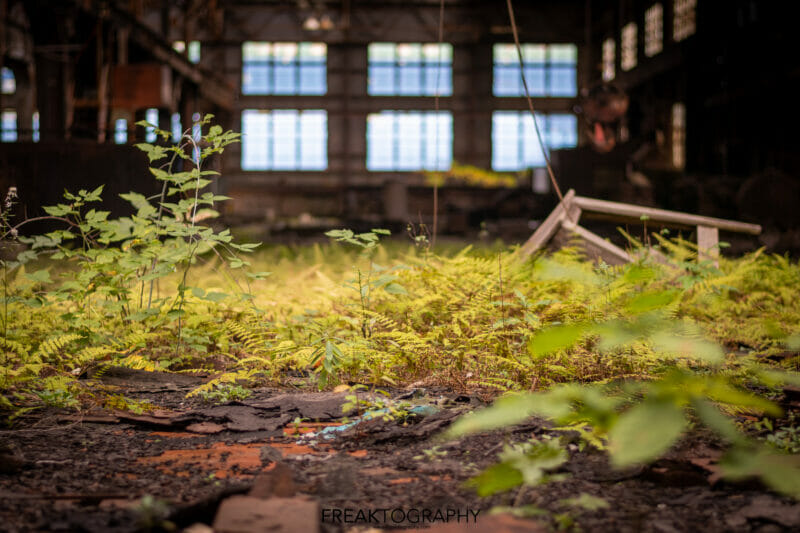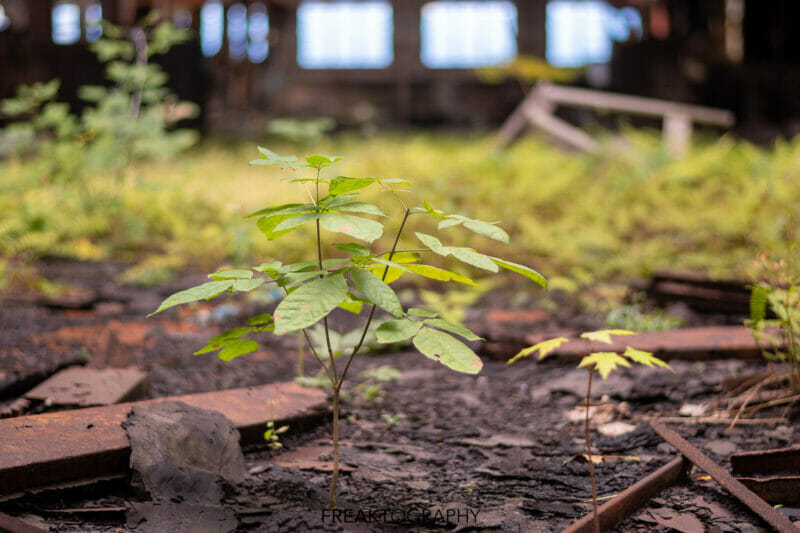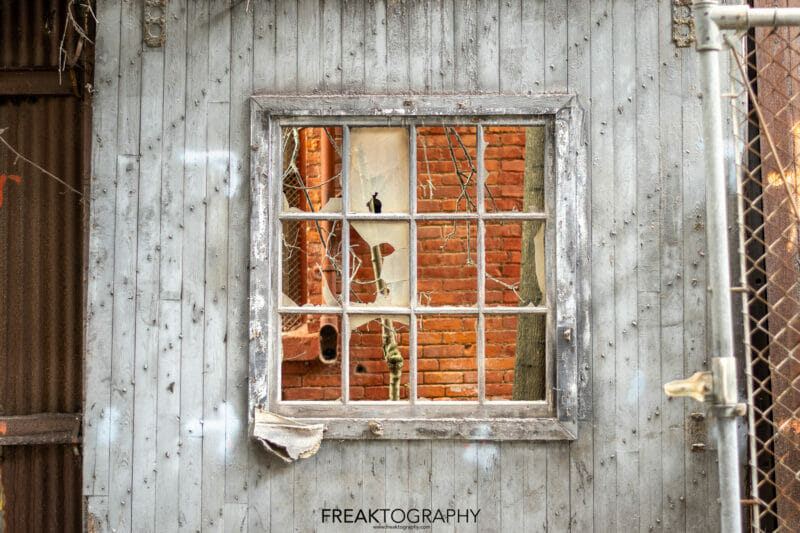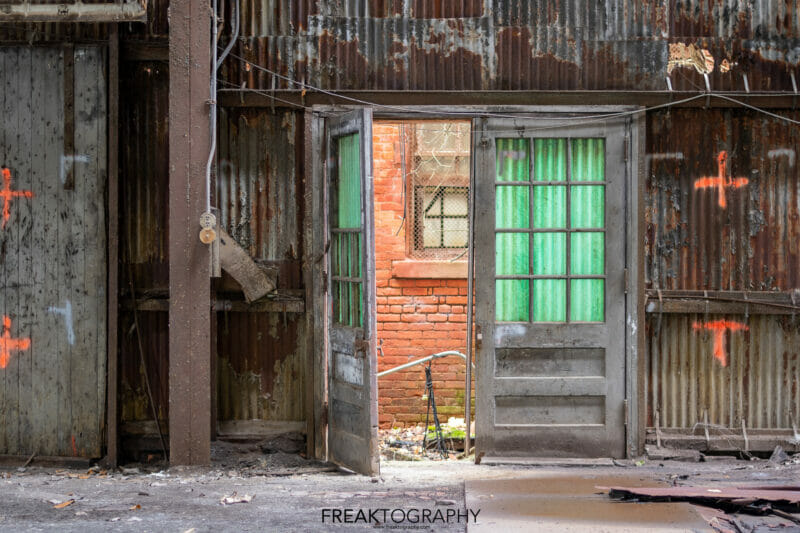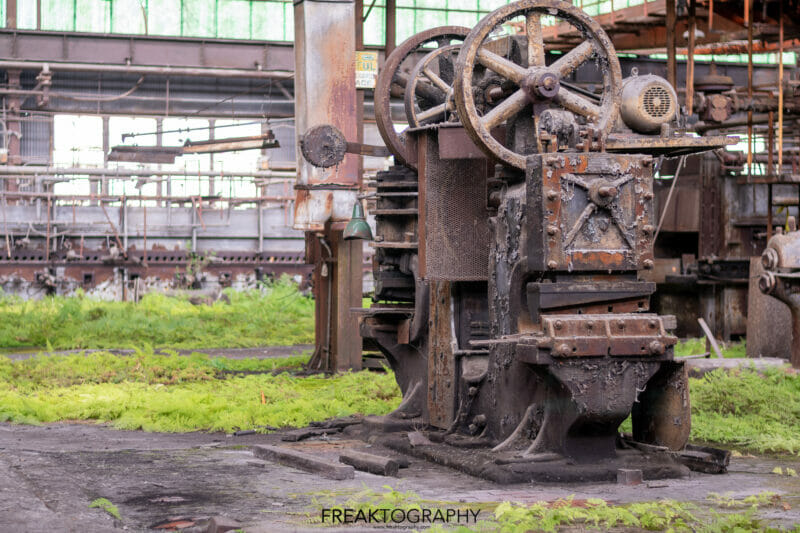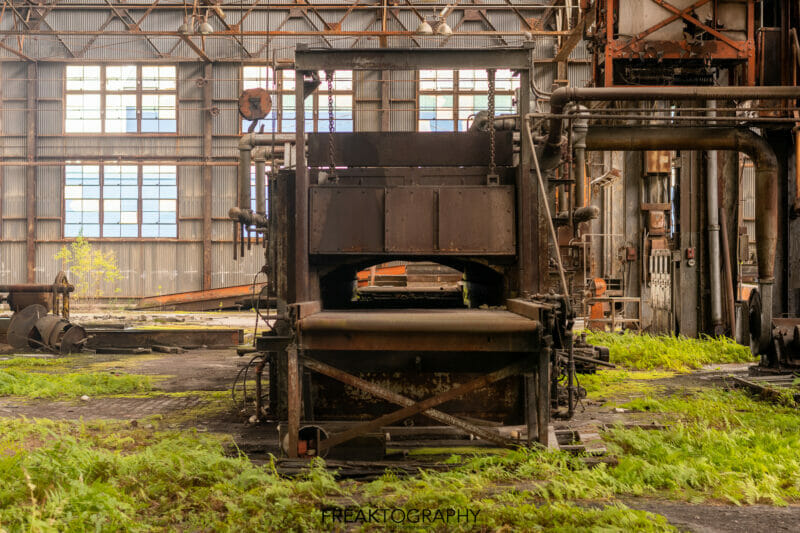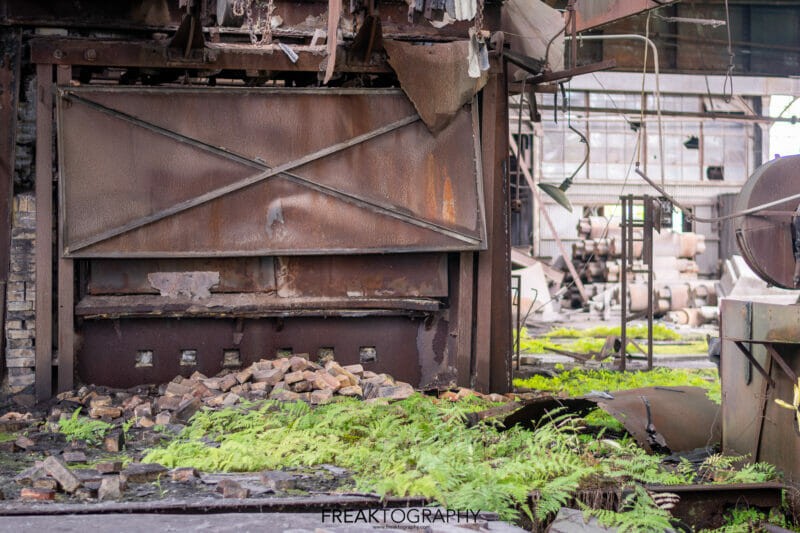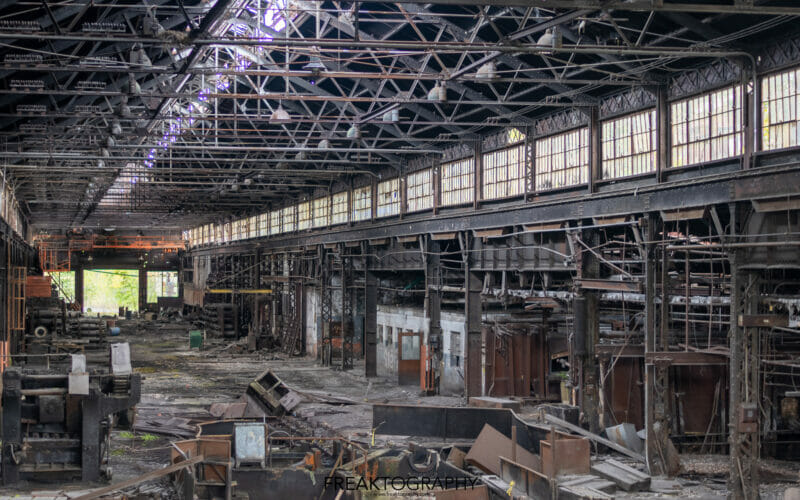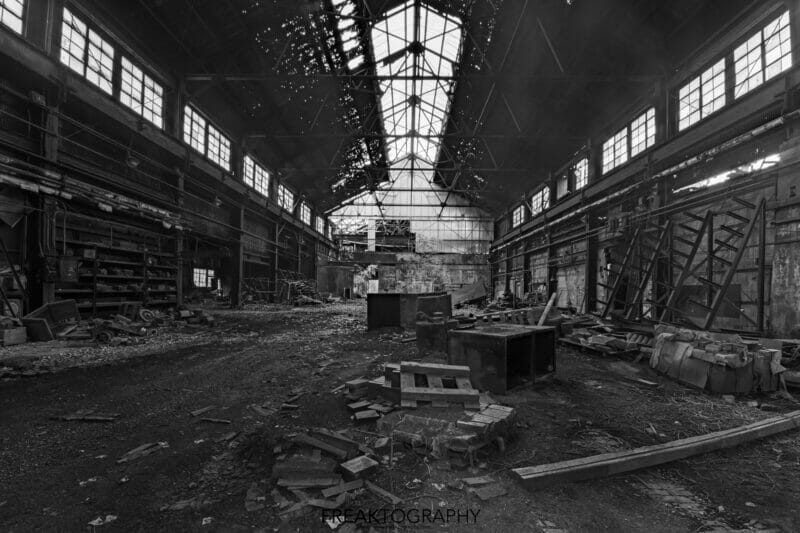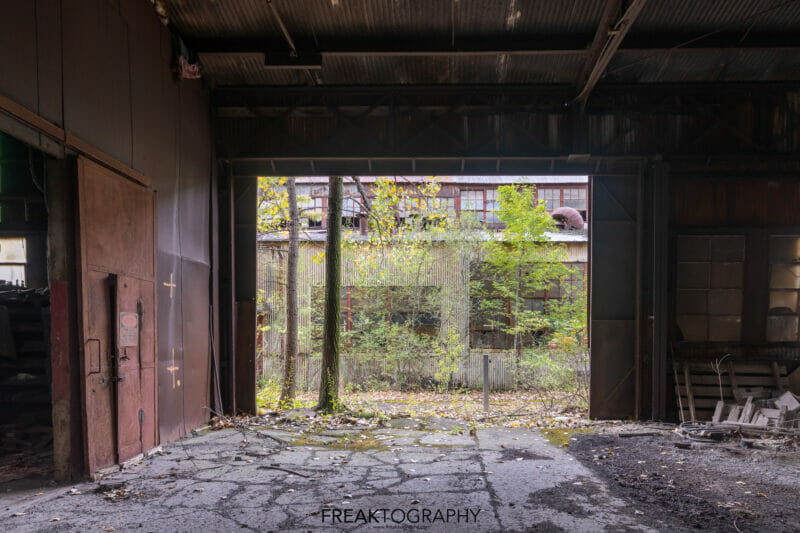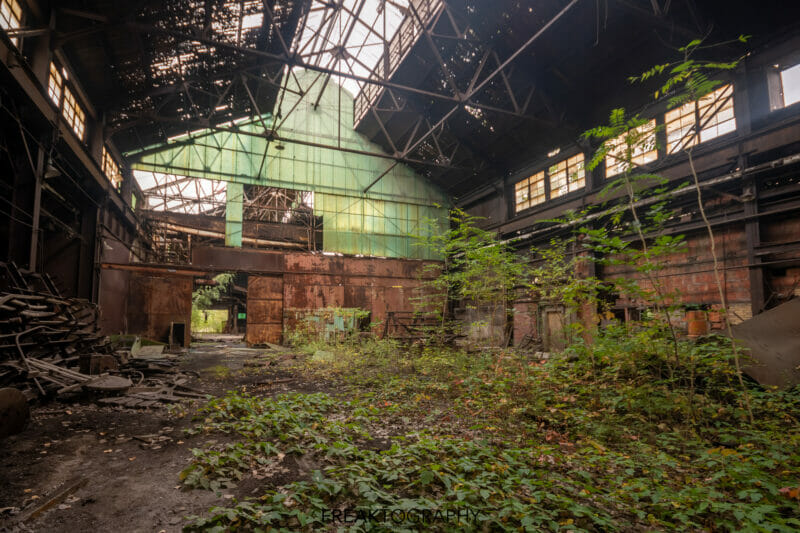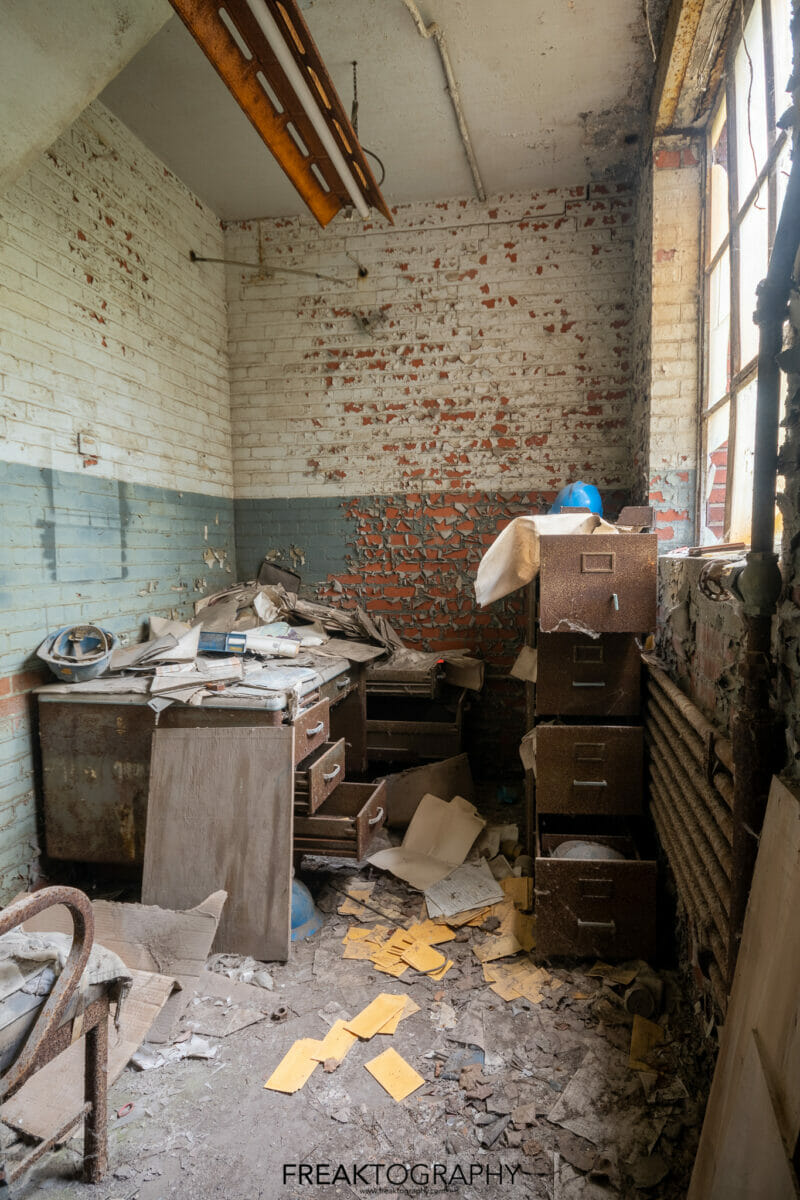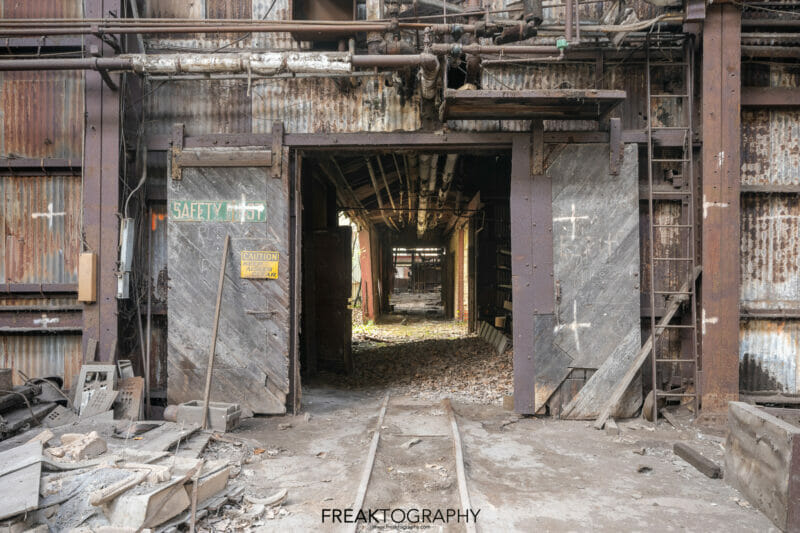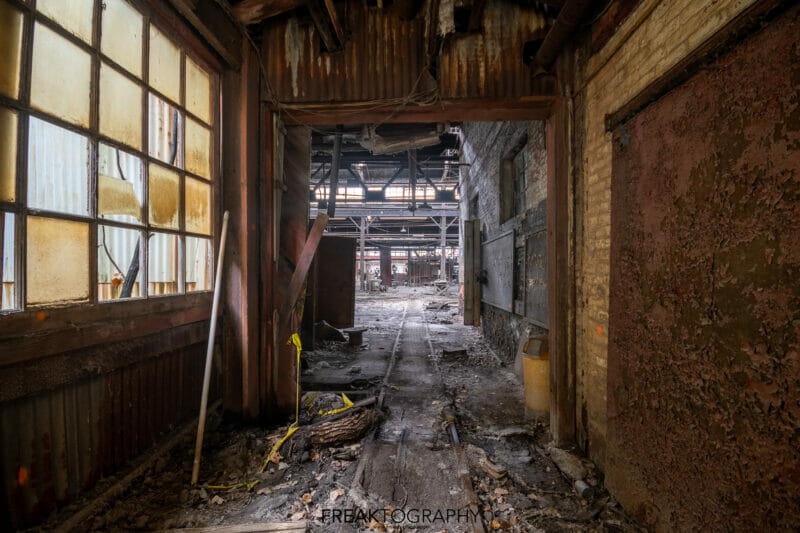Exploring an Abandoned Steel Mill in New York State
The road to exploring this abandoned steel mill was a long one as I’m about to explain. In 2019 as the Summer season was coming to and end and Fall was creeping in RiddimRyder and I had decided to plan a weekend long road trip to take advantage of the weather while it was in that sweet spot, not too hot and not yet too cold.
We had set our sights on New York State with the pinnacle of the trip being an overnight sleepover in an abandoned State Psychiatric Hospital.
But before we even set foot in the hospital, we had a whole day of exploring to get through, starting with a revisit to an abandoned nursing home and then a bit of a drive east to this old abandoned steel mill.
Sometime around 2015 I had learned of this location through an acquaintance who goes under the name The Up Kid, he had posted some beautiful photos of this untouched steel mill that was entirely consumed by green overgrowth and vegetation inside the plant.
The contrast of the nature that was slowly taking over mixed in with a century of industrial machines was a sight to see, I placed this as a high priority location on my map.
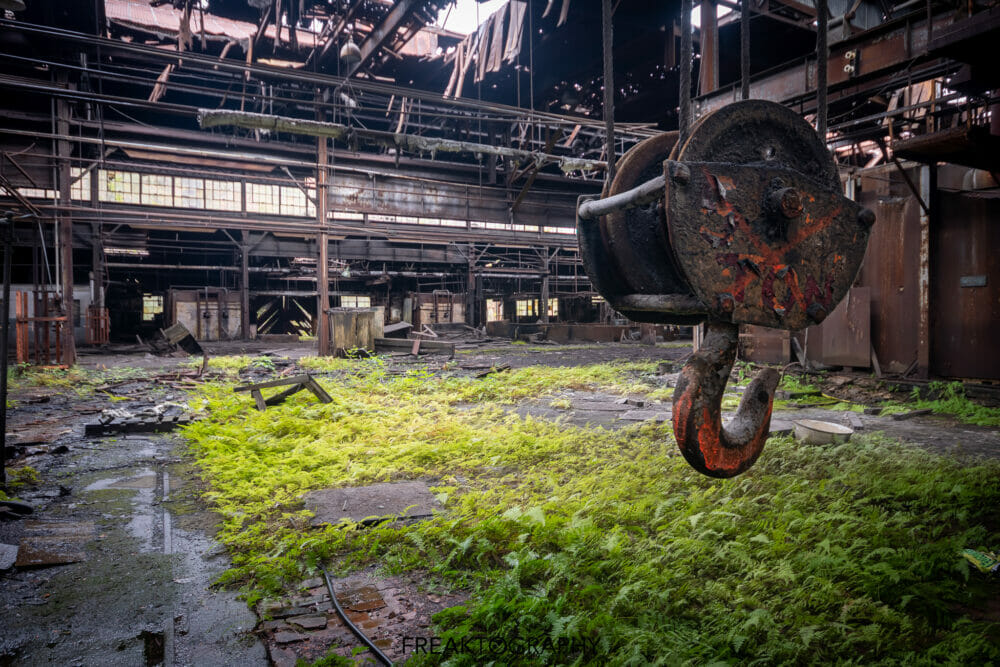
Things being as they are, we never got around to visiting this one with so many other locations to see right in our own backyard, but finally in 2019 we had a reason to go in a NY State road trip.
Once we arrived we checked on our intel, my friend Todd Sipes from California was just in the area and he had given me the lay of the land, this was easier access than I anticipated
The abandoned steel mill dates back to the early 1900`s when operations moved from Chicago to NY State. The first steel produced at the new plant was in January of 1911. 11 years later the company changed its name & had approximately 2,200 employees. After just 25 years they stopped producing saws all together.
Between 1946 & 1956 the plant rolled two radioactive materials, uranium & thorium, on a nine-acre portion of the 70-acre site for the U.S. Atomic Energy Commission. The company rolled uranium billets into rods that were shipped off-site via rail cars. Some 25 million & 35 million pounds of natural uranium metal & approximately 30,000 to 40,000 of thorium metal were processed at the site, according to an Army Corps of Engineers (ACE) fact sheet.
The production of uranium metal was for fabrication into slugs used for fuelling Hanford production reactors. The plant also rolled thorium metal whose most likely use was irradiation in Hanford reactors for the weapons program.
Due to the radioactive work being done, protective measures were employed at the site including the use of hoods & dust collection equipment over the 16-inch rolling mill stands, & catch pans in the mill pits to collect material from each rolling operation. The mill area was vacuumed after every batch of 16 ingots, & the shipping area was vacuumed daily.
Area decontamination was performed, clean steel plates placed over the area, and a second radiological survey was performed in December 1958 to verify decontamination was effective. In October 1976 another radiological survey was performed to determine the status of the property relative to current radiological release guidelines. The survey revealed that most of the residual contamination remaining from the uranium and thorium rolling operations was confined to the areas inside & immediately outside of Buildings 6 & 8.
In August 1982, the company filed for Chapter 11 protection & in March 1984 another company bought out the assets.
The purchase included the entire site with the exception of two regions, classified as the excised property and the landfill. The excised property is approximately 3.6 hectares, consists of a chain-link fenced area which surrounds all of the buildings that existed during the rolling operations from 1948 through 1956, and includes the adjacent exterior land areas.
The landfill region was originally used from 1962 to 1978, and was subsequently used from 1978 to 1980. The landfill area was used for the disposal of slag, baghouse flue dust, foundry sand, waste oils and greases, and miscellaneous plant rubbish.
The landfill is not lined or covered, and although its surface has been regraded, ponding occurs and surface runoff is uncontrolled.
(Thanks to RiddimRyder for performing this in depth research)
RiddimRyder amd I arrived to find that the plant sits rotting away & in terrible shape. Many of the fences have fallen down and the whole area is in disarray.
Research shows that there are numerous class actions for former workers to receive compensation for both asbestos & radiation related diseases & although the plant is contaminated, it posed no risk to our health.
There are plans to cleanup the site sometime starting in 2020.

